
A Sense of Place
Local Commemoration, 1942 - Present
Local Commemoration
During and in the immediate aftermath of war, some organisations such as the Third Air Division at Elveden and the 385th Bomb Group at Great Ashfield chose to commemorate their dead from the point of departure on wartime missions. Often located in or near the local parish church, these memorials commemorated the dead, but also confronted the wartime disruption to local life brought by huge operational airfields. With the dedication of memorials, the Americans now became, figuratively, part of the life and tradition of the local community.

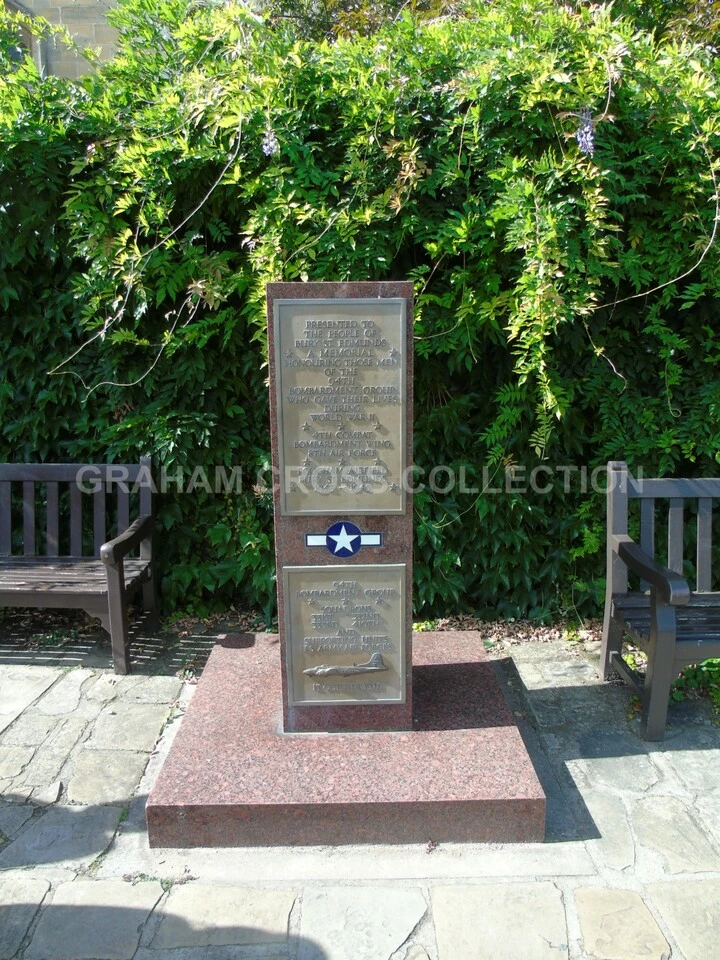

In the years since the war, every one of the nineteen airfields used operationally by the Americans (and some of the support bases) have acquired one or more memorials to both the fallen and those who served. Initially, the veterans who, later in life, began to reflect upon their experiences and traumas in youth continued to drive this move to memorialisation. Their thoughts turned to the dead, but also to the physical evidence of their service they would leave behind as the old airfields crumbled and returned to agricultural use.
Increasingly, local people took prominent roles in the memorialisation process in a neglected but significant area of social history. They welcomed the returning veterans back to their old stations, but also organised memorials, commemorations and museums (at least twelve currently in Suffolk). Their motives were grounded in a genuine desire to recognise and commemorate the sacrifice that took place from their local 'American' airfield. Scratch the surface and you often discover deeper motivations. Britain had changed a greatly in the intervening years since the war. No longer a world power, there was a good deal of nostalgia for a period when the country seemed less complicated and appeared to at least operate as an equal partner to the Americans. A fascination in the history of the period or in ‘re-enacting’ or collecting selected aspects of it could sometimes provide a comfortable refuge from less agreeable modern life. Rural communities in Suffolk had also undergone considerable social change since the war with the decline of farming employment, the rise of commuting to towns and cities and the massive influx of newcomers. In some instances, native residents wanted to reconnect to the land they no longer worked, while newcomers searched eagerly for an entry into community identity and life. There is no one reason to explain local participation in memorialisation, museum building or interest in the ‘Friendly Invasion.’ Motivations are as varied as the memorials themselves.
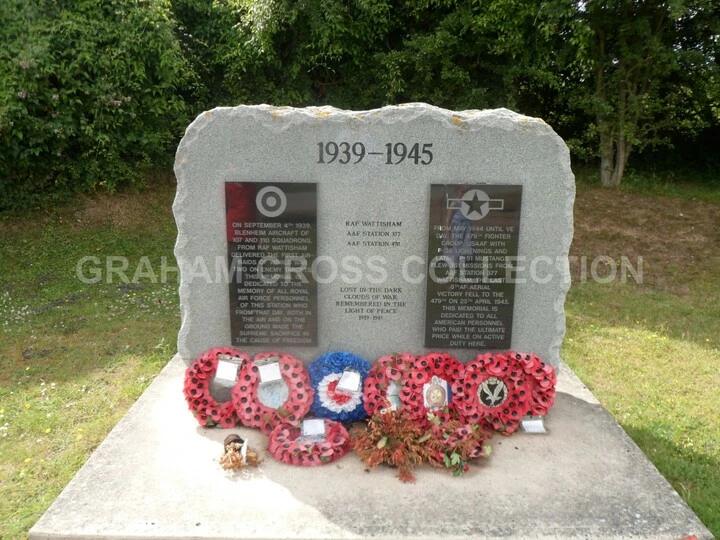
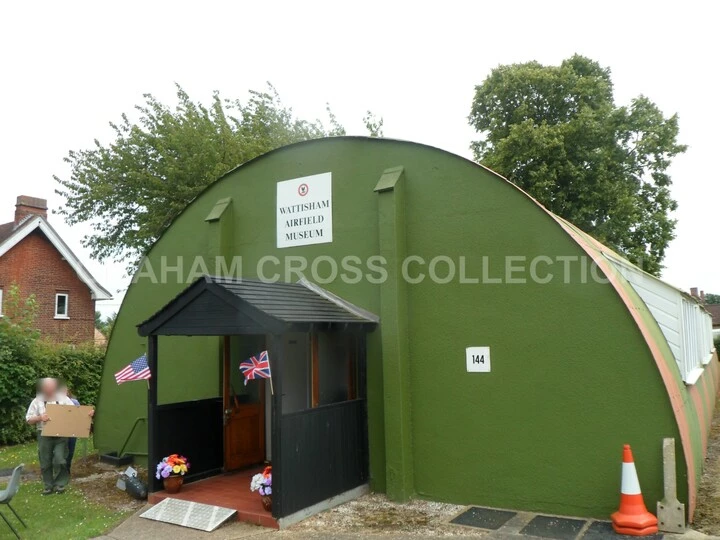


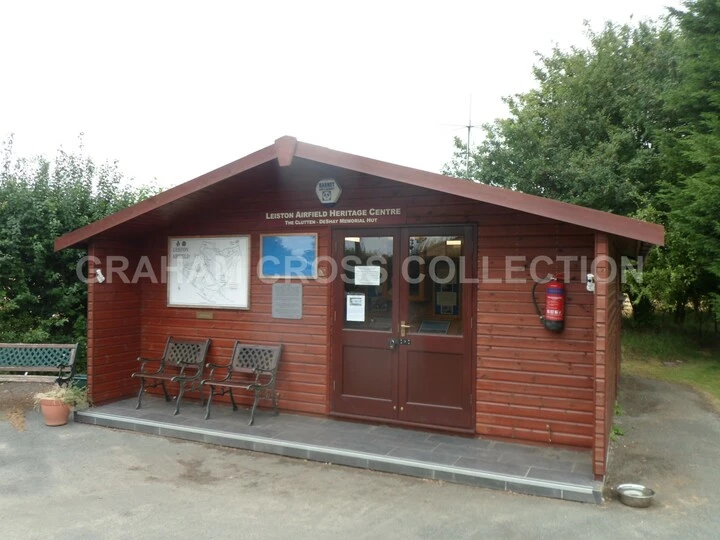


Case Study: The Memorials at Raydon
The 353rd Fighter Group moved to Raydon in April 1944 and remained there for the remainder of their wartime service. There was no permanent memorial created in the locality during or immediately after the war. The Group did have a number of temporary memorials on the airfield, but they removed these when they returned home in 1945. The Group did present Colchester Town Hall with a silver rose bowl as a remembrance and thank you for the good relations experienced in the town.


Attempts to create a memorial did not come to fruition until the first visit by a party of 353rd veterans to Raydon in 1984. At that time, they presented a donation to provide some sort of memorial in St. Mary’s Church. The village dedicated new vestry doors with appropriate inscriptions the following year. On a return visit in 1990, veterans provided another donation to St. Mary’s Church and the village dedicated a Book of Remembrance and Processional Cross in 1992.
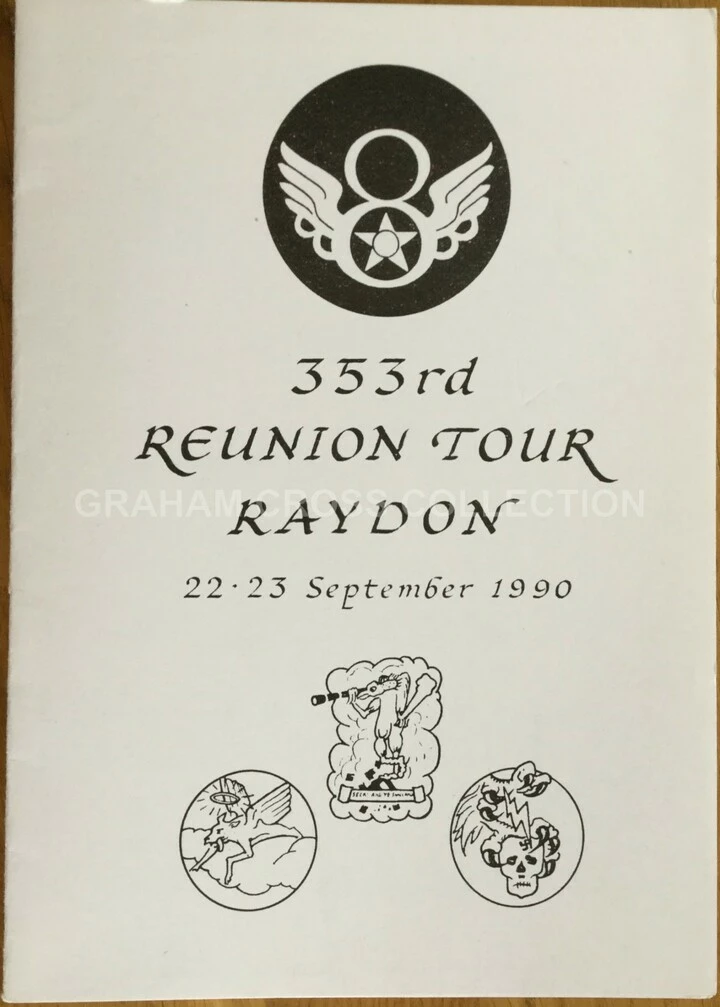

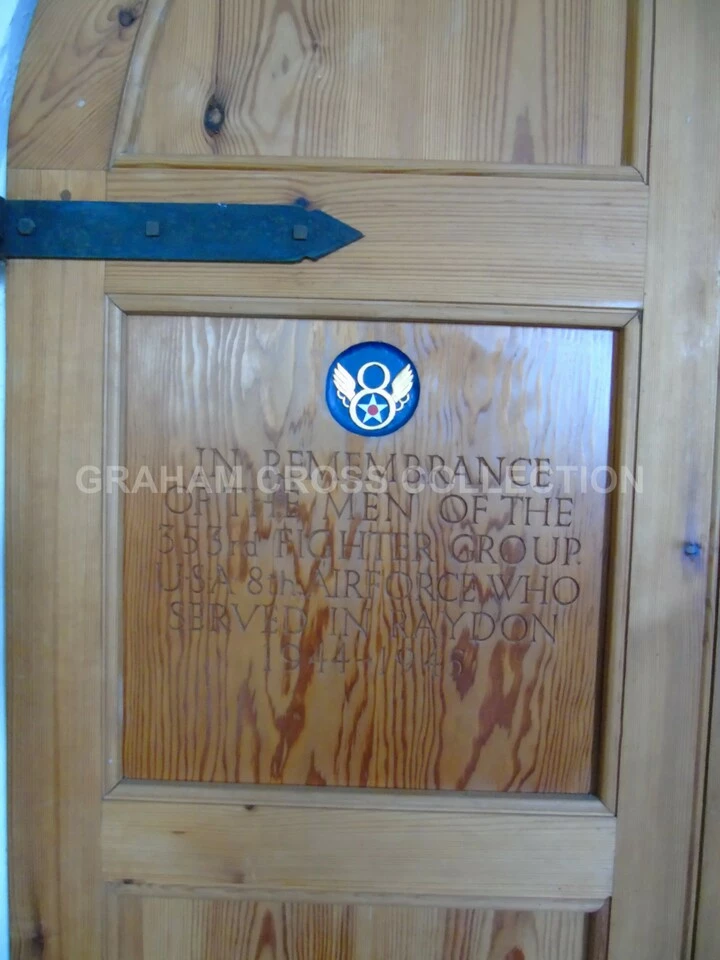
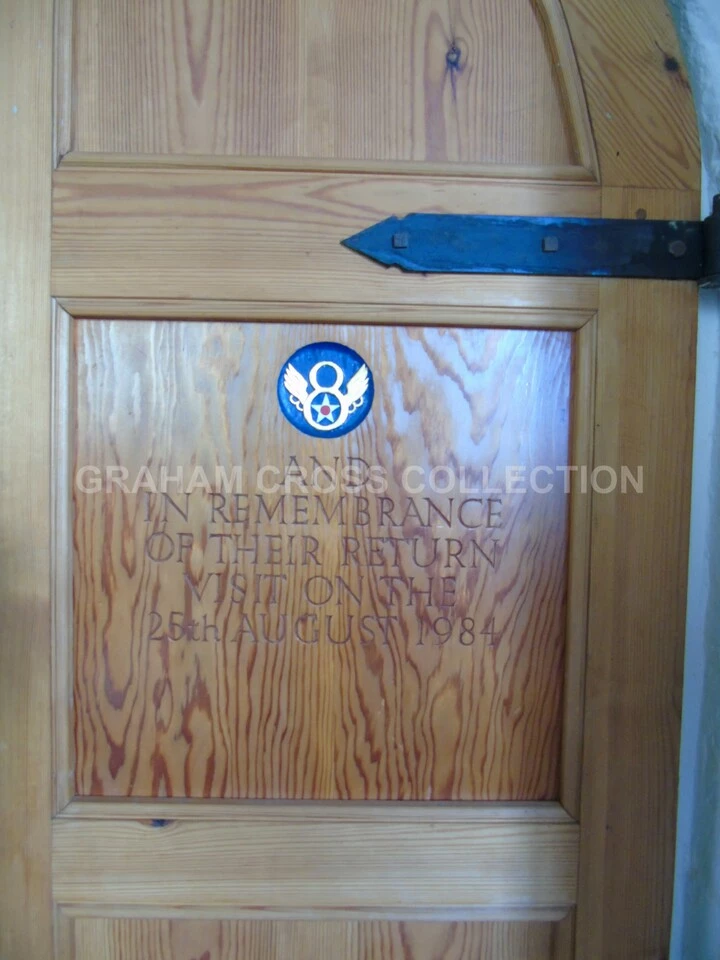

The Americans financed the commemorations to this point and put them in place with the cooperation with the Parish Council and Church authorities. The village of Raydon had undergone a good deal of social change by the 1990s. Many parishioners no longer worked on the land and were often newcomers who commuted to local towns or cities instead. The construction of the airfield resulted in the destruction of many homes and farms that once linked the villages of Raydon and Great Wenham. With the post-war return to agriculture, neither the settlement link, nor a direct connection to the land surrounding the village returned. There were also more immediate tensions. An 'Acid House' Rave in the late 1980s and the sale of the remaining Home Office property on the old airfield created a good deal of uncertainty regarding the site. From a genuine desire to commemorate the local American sacrifice, but also the social pressures facing the community, emerged a plan to construct a memorial on the airfield site itself.
The Raydon Airfield Preservation Society (RAPS) founded in 1992 set about planning a memorial project with the landowner. After three years of hard work and fund raising they achieved their aim. In 1995, they dedicated the unique memorial incorporating a propeller from a P-47 Thunderbolt and P-51 Mustang (the aircraft types flown by the 353rd) in a special service attended by veterans. The last veterans return tour was in 1999, but since then 353rd family groups have returned on a pilgrimage to the former airfield to trace the footsteps of their relatives. The last 353rd veteran to visit was pilot John Madson in 2015, but the group hope to see another family party visit in 2021.
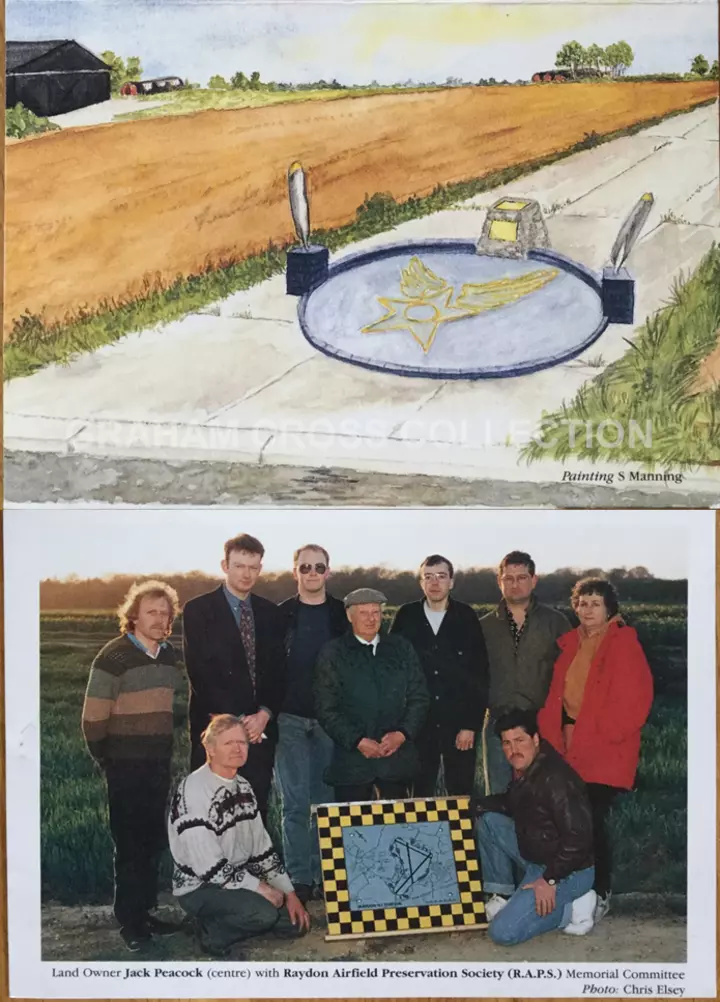




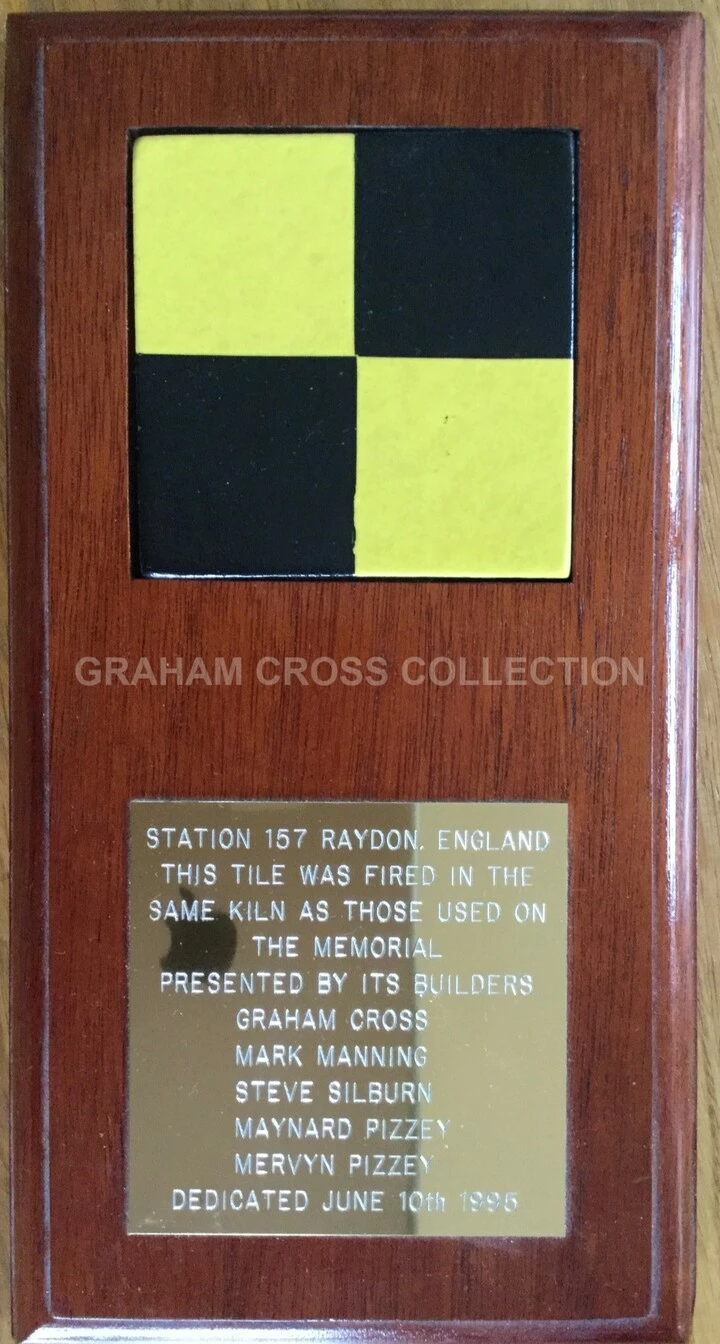


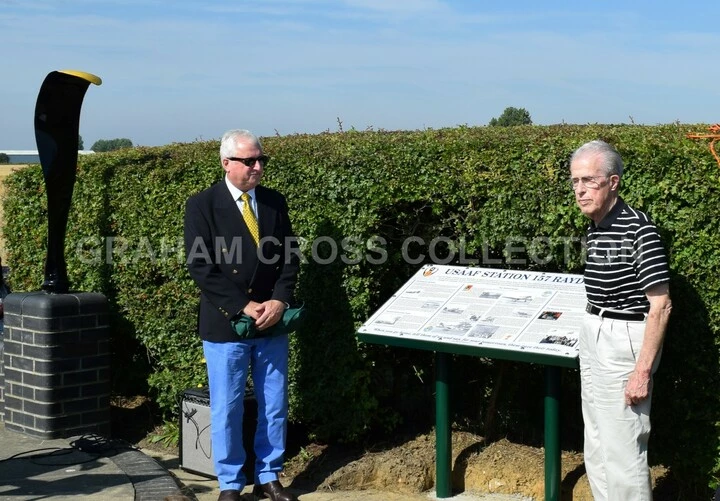

Did you help build or dedicate an American memorial or museum? Why not share your story?
Share your story